Awesome Packing List for Backpackers
This Awesome Packing List for Backpackers is for every backpacker who is planning to venture into nature, camp in solitude, and carry everything on your back.
I definitely needed this list when I started backpacking years ago, and I still use it now to make sure I have everything before I set off on a new trail.
I recently forgot to reference this list, thinking I would naturally just remember everything, and I forgot eating utensils and soap. Always double check the list.
If you’re new to backpacking and don’t have your own gear yet – or you’re looking for different gear – click the links to see what I use and recommend. I mostly shop at REI for backpacking gear; I have no affiliation with them, I just love how helpful their employees are, how great their return policy is, and that they support awesome things like the environment and equality.
I’d say most of my backpacking gear is on the less expensive side of backpacking gear. I do a lot of research and try to buy great gear that is also affordable. I do love what I’ve bought, though, and won’t share links to gear that I wouldn’t tell my best friend to buy.
I’ll share some tips as we go through the list of things you need to pack.
Some of my backpacking credentials, if you’re wondering if you can trust my advice: I started with short backpacking trips in the United States, later backpacked up a volcano in Nicaragua, spent 5 days trekking in Patagonia, and recently did the 11 day Tour du Mont Blanc Trek through Europe.
If you already have all your gear, don’t want my awesome advice, and just want to print this Backpacking Gear Packing List so that you never forget your matches again – download the Awesome Packing List for Backpackers by clicking the link here:
Awesome Packing List for Backpackers
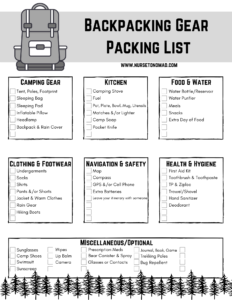
First Tip: Try to keep all your backpacking gear in one spot because it makes it harder to forget random items. Always do a double check of your list, though, before you head out the door.
Camping Gear
If you are new to backpacking and are hoping to use your regular camping gear, you might want to re-think that. The heavier your pack is, the harder the hike is going to be. The goal is to carry less weight, and regular camping gear isn’t always made with “lightweight” in mind. See if you can borrow some items from friends for your first adventure or look into buying some new gear.
- Tent, Poles, and Footprint– a “3 season” tent should work unless you plan on doing cold, winter camping – then you would need a “4 season” one. A footprint helps protect the bottom of your tent and is also important for keeping you dry when it rains.
- Backpack and Rain Cover – Try this on (with weight in it) before you buy, and practice hiking with it on before your trek. Pick a size that will fit all your gear inside.
- Sleeping Bag – pick one that fits with the type of backpacking you want to do; if it will all be warm weather, don’t spend the money on a sleeping bag for 15 degrees. Down sleeping bags are lighter, but synthetic ones are less expensive.
- Sleeping Pad and repair supplies – inflate this before your trip to make sure it doesn’t have any leaks; it’s easier to repair at home than in the wilderness.
- Inflatable Pillow
- Headlamp
Kitchen
I’m not sure that backpackers have ever been surveyed to figure out what the most forgotten backpacking item is, but I would bet that matches would be on the top of the list. I recommend keeping your matches with your backpacking gear, and don’t take those matches out of your backpack to use for other reasons.
- Camping Stove
- Fuel – if you are flying to your backpacking destination, you’ll have to buy this when you arrive. You can’t take it on planes.
- Pot, Plate, Bowl, Mug, Utensils – I own a cooking kit that includes everything.
- Matches and/or Lighter
- Biodegradable Camping Soap
- Pocket Knife
Food & Water
Packing food for a backpacking trek is a science. Food weighs a lot, so you don’t want to overpack. But food is necessary, so you must make sure you have enough. Write out each day and plan out your meals. If you want the lightest weight meals, buy dehydrated meals from a camp store. If you bring other groceries to cook with, make sure they’re packed in ziplocks or lightweight bags.
My favorite things to eat on backpacking treks are: Oatmeal, Cliff or Lara Bars, pita bread and cheese, trail mix, peanut butter and jelly, and whatever backpacker meal at the store looks good.
Fill your water ahead of time if you know there won’t be places to get water along the way. Yes, your pack will be heavier, but you never want to run out of water. You should bring 1-2 gallons per day for drinking and 0.5-1 gallon per day for cooking.
- Water Bottle/Reservoir – adjust depending on how long your trek is and whether or not you can gather water on your hike. I usually bring my camelbak bladder and a Nalgene.
- Water Purifier
- Meals
- Snacks for Hiking
- Extra Day of Food – if there’s ANY chance you could get stuck in the wilderness
Clothing & Footwear
I will list clothing items you need but adjust the amount depending on how many days you will be backpacking and what the weather will be like. Plan to re-wear pants and shirts, ideally only bringing 2 outfits (yes, it’s gross, but it’s part of backpacking). Bring a new pair of underwear and socks for each day.
- Underwear
- Hiking socks – ones that go above your boot; bring sock liners so you can re-wear your wool hiking socks.
- Sports Bras
- Long Sleeve Shirt
- Short Sleeve Shirts or Tanks
- Pairs of Leggings/Hiking Pants
- Shorts
- Down Puffer Jacket
- Rain Jacket
- Rain Pants – THESE ARE A GODSEND. If you do not own rain pants yet, please go buy some. Mine were $27, and they have saved me from hiking in soaking wet, freezing leggings. They’re also a great extra layer for when you’re sitting on the ground to cook your camping meal.
- Hiking Boots – make sure you wear them in and know they’re comfortable
- Warm Clothes
- Camp Shoes (optional) – I have recently become obsessed with Chacos. I like that you can let your feet breathe after a day of hiking boots, but you can also wear them with socks if it’s chilly (buy the ones without the toe loop).
- Swimsuit (optional) – I just always want to be prepared if the right time to swim arises.
Navigation & Safety
Have a plan for this. If it’s a super easy hike with no way to get lost, your cell might be fine. If there is still snow accumulation from winter, making it easy to get lost, have a map and GPS. Talk to park rangers prior to your hike if you can. Always be safe.
- Map
- Compass
- GPS and/or Cellphone
- Extra Batteries
- Leave your Itinerary with someone
Health & Hygiene
This section definitely varies from person to person and time of year. Adjust your checklist to your needs. Bring the bare minimum because this stuff can get heavy.
- First Aid Stuff – click here to see what should go into your own first aid kit
- Toothbrush and Toothpaste
- Toilet Paper and a ziplock to pack it out
- Trowel/Shovel
- Baby Wipes and/or Face Wipes (optional)
- Hand Sanitizer
- Sunscreen
- Prescription Medications
- Lip Balm (optional)
- Deodorant (optional)
- Bug Repellent (optional)
- Glasses and/or Contacts
Miscellaneous/Optional Items
If the hike you’re doing is in bear country, you must be prepared. Some parks require you to use a bear canister, however carrying bear spray is a personal preference. The other things in this section are also up to you.
- Trekking Poles
- Sunglasses
- Buff, Hat, or Bandana
- Bear Spray
- Bear Canister or Bag with Rope
- Camera
- Journal or Book
- Cards or Games
- Binoculars
Backpack Weight
Lay out everything you think you need for your trek then go through every single item again. If it’s unnecessary, leave it at home. If it’s food that can be repackaged in a lighter way, do that. Take this seriously. More crap on your back = a more painful hike.
Leave No Trace
I bring this up in almost every guide to the outdoors that I write, because it is SO important.
I like the quote “Leave it better than you found it.”
The 7 principles of Leave No Trace:
- Plan ahead and prepare – be safe, have a way to pack everything out, and research where you’re heading.
- Travel and camp on durable surfaces – Try not to hike off-trail. If there are designated backcountry sites, use those spots to set up camp. If you’re finding your own site, don’t camp within view of the trail, don’t camp next to water, and don’t camp on fragile vegetation.
- Dispose of waste properly – Pack it in, pack it out. Read about what is acceptable for going to the bathroom where you’re going. Some trails require you to pack out human waste. Others, you can dig a 6-8 inch deep hole to go in.
- Leave what you find – Don’t take any rocks or flowers or anything out with you. And don’t be a jerk who damages nature by carving in trees.
- Minimize campfire impacts – Use existing fire rings, clean up properly, or don’t have a campfire at all.
- Respect wildlife – Keep your distance and don’t feed animals.
- Be considerate of other visitors
I hope this Backpacking Gear Packing List helps make the packing part of your backpacking trek less stressful. I also hope it keeps you from forgetting something important like underwear when you head out into the wilderness.
Backpacking is truly one of my favorite things to do, and I encourage everyone to try it sometime.
Now that you have your awesome packing list for backpackers, these are some backpacking treks I can vouch for:
The Pohono Trail in Yosemite National Park is an epic way to escape the crowds and experience Yosemite Valley’s awesomeness.
Backpack the 110 mile Tour du Mont Blanc through Italy, Switzerland, and France.
Witness the mind-blowing beauty of Patagonia on the 5 day W Trek in Torres del Paine, Chile.
This shorter hike near Nashville is great for beginner backpackers and takes you to Virgin Falls.
Take the 2 day El Hoyo backpacking trek through volcano country in Nicaragua.
Happy Hiking!
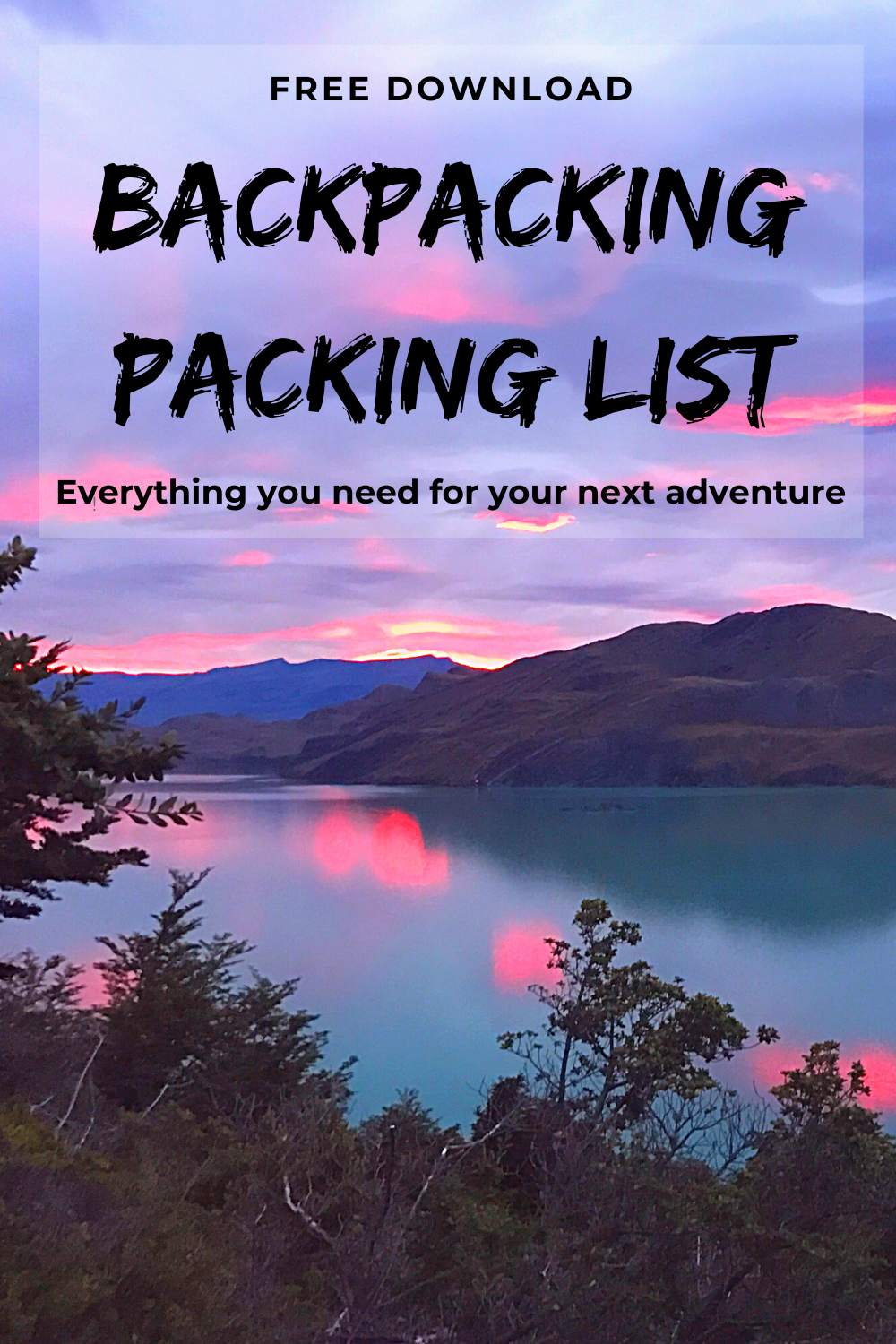
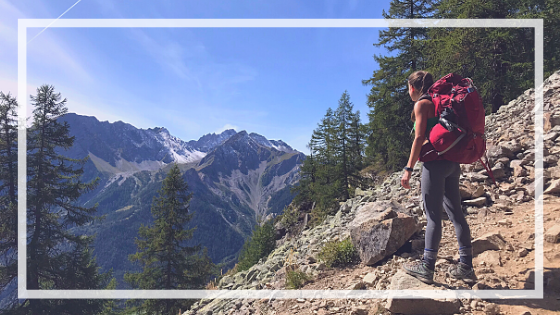
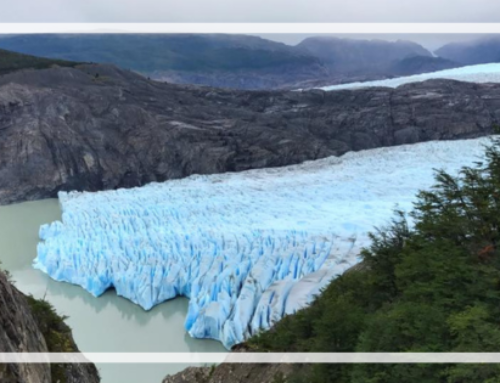
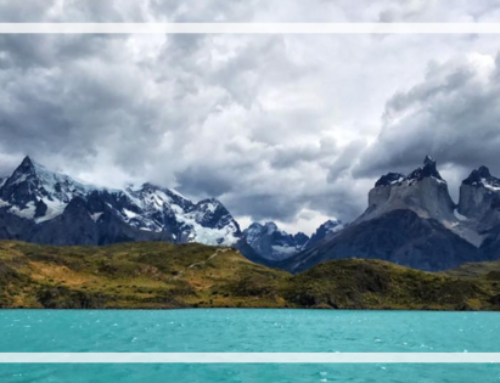
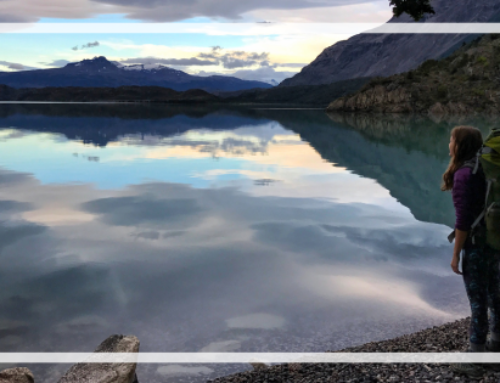
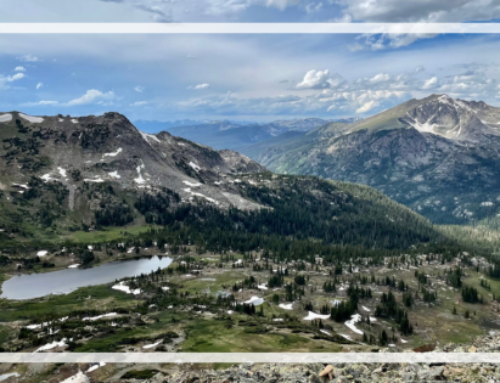
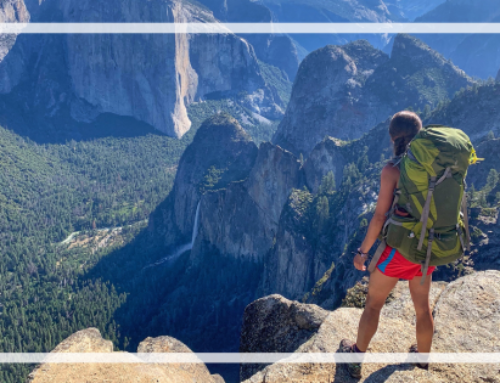
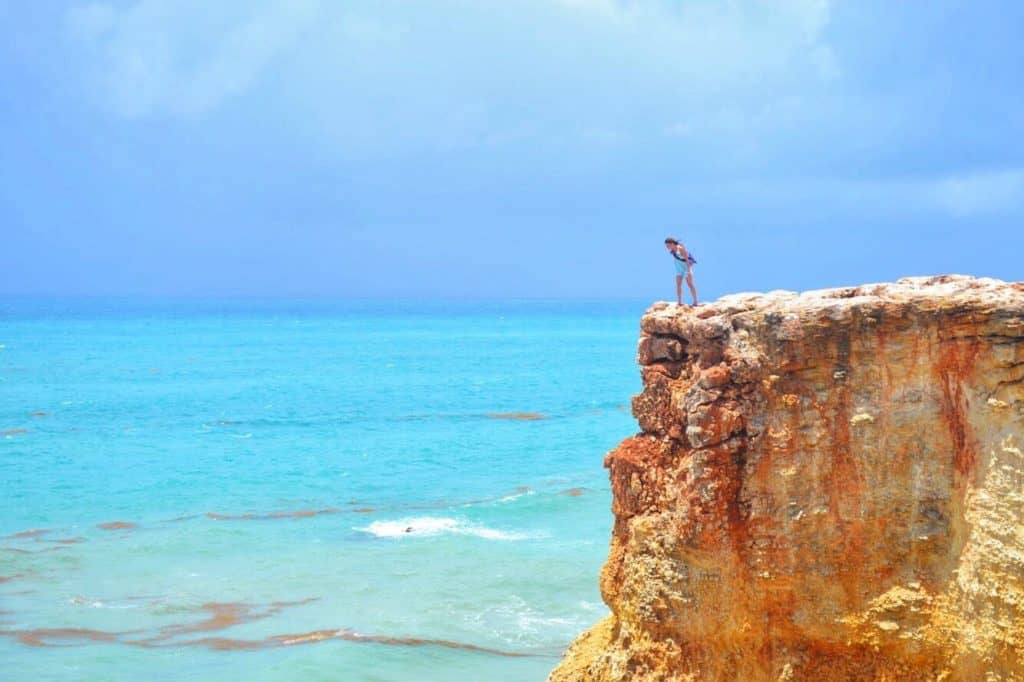
Comments? Ideas? Advice? Leave some!